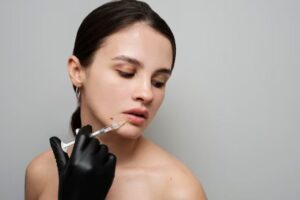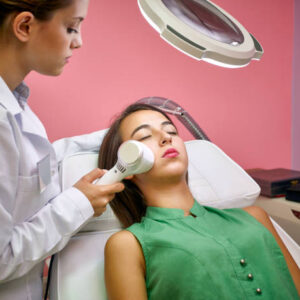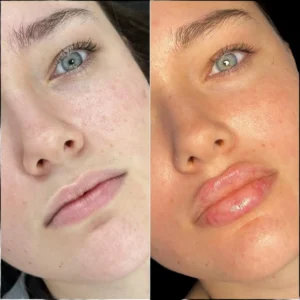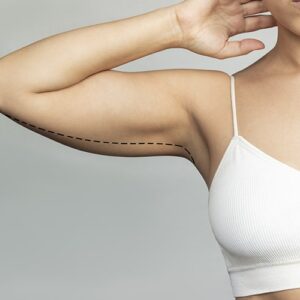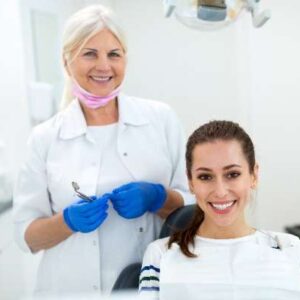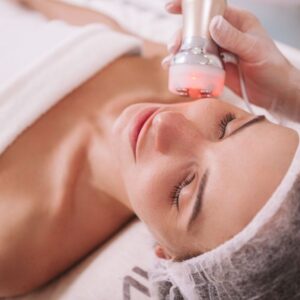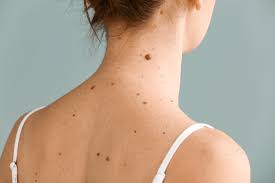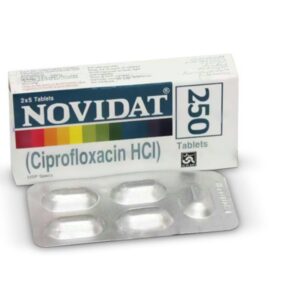The New Face of Botox
Once confined to the realm of cosmetic surgery clinics and celebrity circles, Botox has evolved far beyond its original role as a wrinkle relaxer. While still famous for smoothing frown lines and crow’s feet, its medical applications are gaining equal recognition. As science deepens our understanding of neuromodulators, the therapeutic use of Botox has surged globally, transforming it from a vanity procedure into a serious contender in wellness therapy. Whether it’s for migraines, muscular disorders, or even mental health support, botox injections are becoming part of mainstream medicine in a way no one saw coming.
Beyond Beauty: Botox’s Surprising Medical Benefits
Botox, short for Botulinum Toxin, is a neurotoxin produced by Clostridium botulinum. It works by blocking the nerve signals that trigger muscle contractions. While that sounds simple, the implications are vast. Initially used for aesthetic reasons—to paralyze small facial muscles and erase wrinkles—Botox soon showed promise in treating a host of medical issues.
For instance, patients with chronic migraines have found tremendous relief through strategically placed Botox treatments. Approved by the FDA in 2010 for this purpose, Botox prevents headaches before they start by relaxing overactive muscles around the head and neck. The results can be life-changing: fewer days of debilitating pain, reduced reliance on medication, and improved quality of life.
People with hyperhidrosis (excessive sweating), too, have turned to Botox. Traditional antiperspirants or oral medications don’t always work, and surgery can be extreme. Botox, injected under the arms, into the palms, or even the soles of the feet, can effectively “turn off” the sweat glands for months at a time.
It’s not just adults benefiting. Children with spasticity caused by cerebral palsy often receive Botox to help relax tight muscles, improving their mobility and comfort. This non-invasive intervention can delay or eliminate the need for orthopedic surgery in some cases.
The Rise of Botox in Mental and Emotional Wellness
A more unexpected evolution of Botox lies in its psychological impact. Researchers are exploring its role in treating depression, anxiety, and even PTSD. One theory is based on the facial feedback hypothesis—the idea that our facial expressions influence our emotions. By preventing frowning, Botox may help interrupt negative emotional feedback loops, subtly lifting mood and reducing anxiety.
Small-scale studies and anecdotal evidence suggest that patients receiving Botox for cosmetic reasons often report feeling more positive, even if their outward appearance hasn’t dramatically changed. It’s not vanity—it’s a neurochemical shift in emotional processing. Larger trials are underway to explore how these changes can be used therapeutically.
The implications are profound. In a world grappling with mental health crises, a treatment traditionally seen as cosmetic might offer an unconventional but accessible form of relief. It doesn’t replace therapy or medication, but it could become a supportive component in a comprehensive wellness plan.
Global Access and Cross-Border Treatments
The international demand for Botox is soaring. Clinics in South Korea, Mexico, Turkey, and parts of Eastern Europe are becoming medical tourism hotspots, offering high-quality Botox treatments at a fraction of the cost in countries like the U.S. or U.K. For some, it’s about aesthetics on a budget. For others, it’s a matter of access to cutting-edge therapies not yet approved or covered in their home countries.
This cross-border movement of Botox has sparked important conversations about regulation, ethics, and safety. It also reflects a growing recognition that health, wellness, and self-care aren’t confined to national boundaries. As patients seek the best available care—cosmetic or therapeutic—they are becoming smarter, more informed consumers in a truly global medical market.
At the same time, the expansion of Botox into wellness has forced healthcare providers and regulators to reconsider how they define and manage such treatments. When does aesthetic medicine cross into the realm of public health? How do you measure the psychological benefits of looking better, feeling better, or being pain-free? The lines are blurring.
The Future of Botox: A Universal Health Tool?
Looking forward, Botox may become as commonplace as aspirin—an all-purpose solution used to treat everything from minor discomfort to major disorders. Scientists are exploring its use for gastrointestinal issues like irritable bowel syndrome, for cardiac arrhythmias, and even for preventing scarring after surgery. Its anti-inflammatory properties open up even more possibilities, especially in chronic pain management.
What’s also shifting is the perception of who Botox is “for.” Once seen as the domain of aging celebrities or high-income socialites, it’s now used by people of all ages, genders, and income levels. Millennials use it preventatively. Men are embracing it in record numbers. Patients with no interest in aesthetics are exploring its therapeutic potential. Botox has become less about vanity and more about quality of life.
Moreover, technological advancements are making treatments faster, safer, and more precise. AI-assisted imaging can guide doctors to optimal injection points. New formulations may last longer or target different receptors. Even topical Botox is in the research pipeline, which could eliminate the need for needles entirely in some applications.
A Modern Medicine for a Modern World
In many ways, the evolution of Botox mirrors broader changes in medicine and society. People want personalized care, not one-size-fits-all prescriptions. They want non-invasive solutions that offer real results. And they’re no longer separating physical wellness from emotional and mental wellbeing. Botox—surprisingly, perhaps—is meeting that moment.
This isn’t to say it’s a miracle drug. Like any treatment, it carries risks: bruising, muscle weakness, and rare but serious side effects. It must be administered by trained professionals in safe settings. But when used responsibly, it offers a compelling blend of science, simplicity, and sophistication.
As Botox crosses borders—both geographic and conceptual—it invites us to rethink what medicine looks like. Not just pills and surgeries, but subtle interventions that help us live, work, and feel better. Wrinkle-free or not, that’s a transformation worth celebrating.
